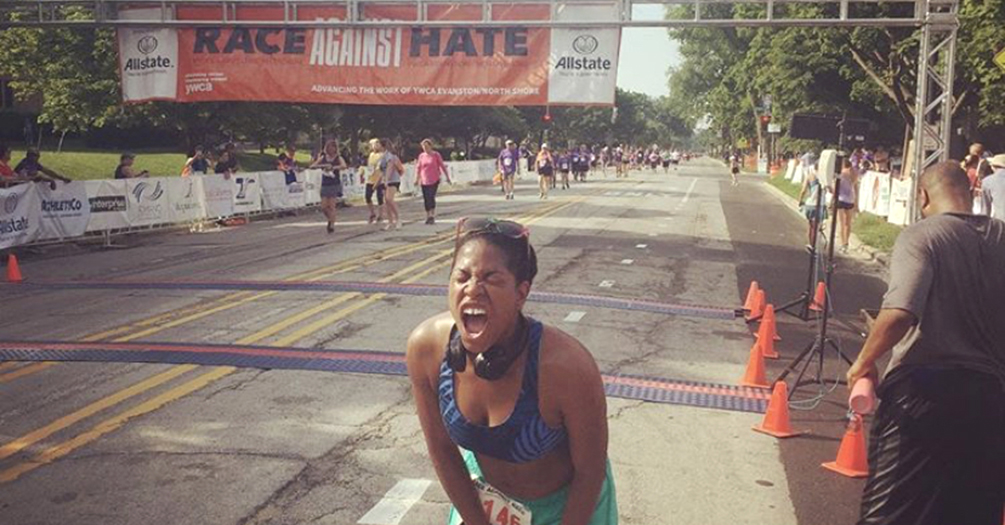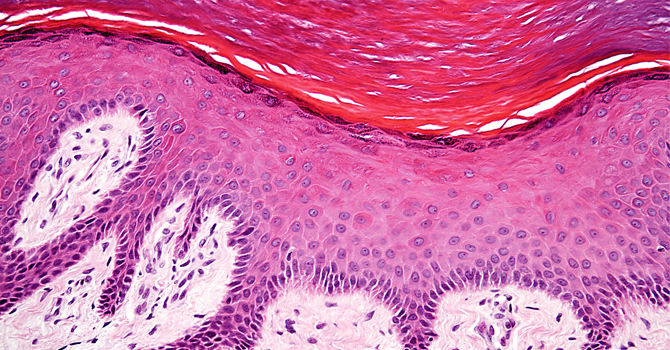
Movements toward Health and Each Other
Renée Pitter, MPH ’09
An effort to spread health positivity among Black Michigan alums became a huge success. In the face of so many stories about health inequities and trauma in Black communities, a growing group of Black alums is moving their way to connection, awareness, health, and healing.





